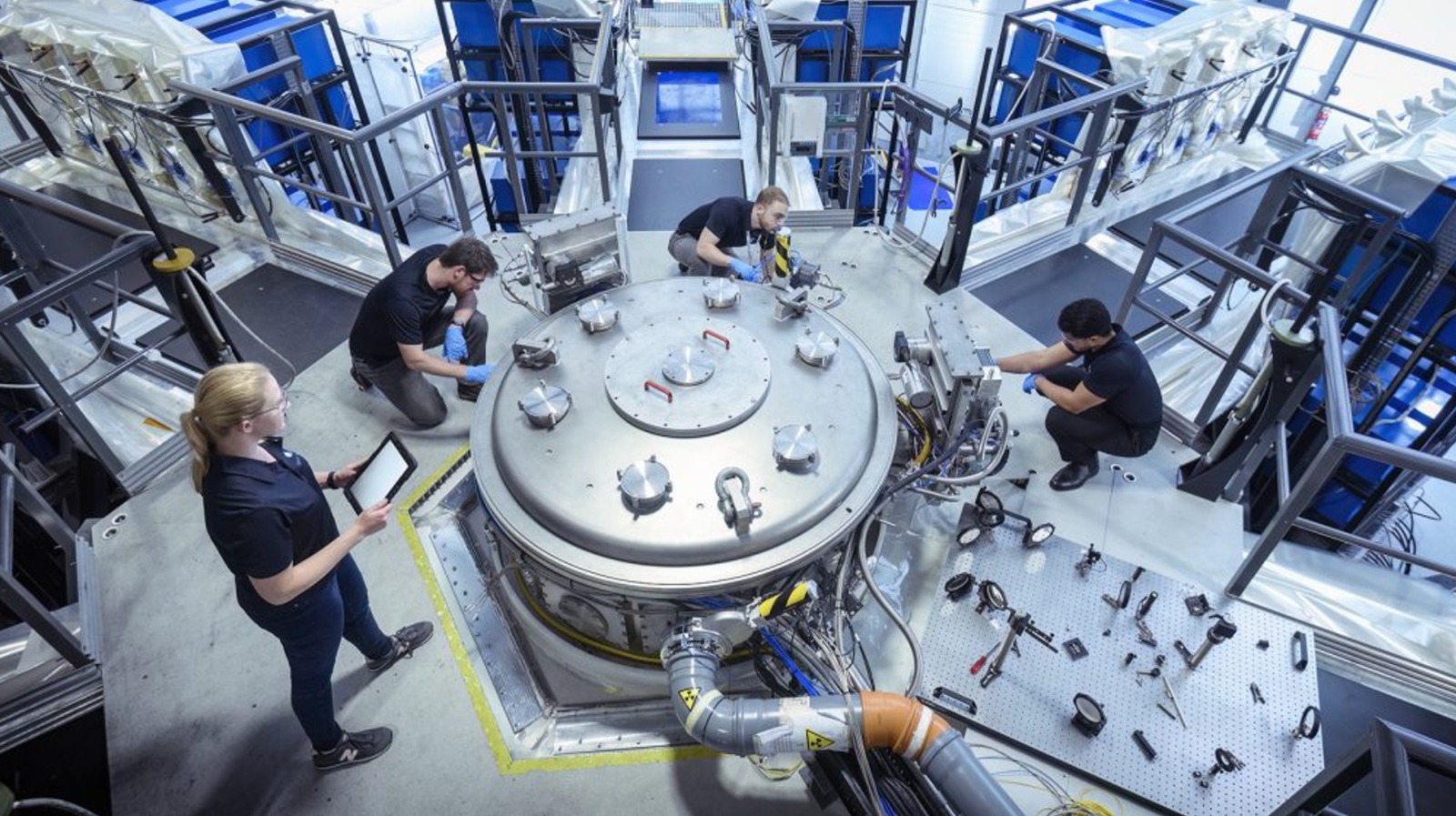Science
UK Innovates with Fusion Breakthrough for Near-Limitless Energy

A recent breakthrough in fusion energy technology, achieved by First Light Fusion in the United Kingdom, has brought humanity closer to harnessing near-limitless energy. The company has developed a method for “high gain” inertial fusion, representing a significant step toward creating a commercially viable fusion reactor. Fusion power, derived from nuclear reactions where light atomic nuclei combine to form a heavier nucleus, holds the potential to eliminate reliance on fossil fuels and dramatically reduce greenhouse gas emissions.
The concept of “gain” in fusion refers to the ability of a reaction to produce more energy than is consumed in the process. Previous fusion experiments typically required more energy input than they generated, but First Light Fusion has now achieved a breakthrough that could pave the way for sustainable energy production. The company’s new process, dubbed FLARE (Fusion via Low-power Assembly and Rapid Excitation), could theoretically achieve a gain of 1,000, a remarkable improvement compared to the current record of four, set by the U.S. Department of Energy’s National Ignition Facility in May 2025.
Advances in Fusion Technology
“This achievement marks a monumental step in the right direction for fusion energy,”
said First Light Fusion in its recent white paper detailing the FLARE process. By separating the compression and heating stages of the fuel, FLARE significantly enhances the energy output. The initial compression generates a substantial surplus of energy, a method referred to as “fast ignition.”
The potential of fusion energy is staggering. According to First Light Fusion, just one kilogram (2.2 lbs.) of fusion fuel has the energy equivalent of approximately 10 million kg of coal (22,046,226 lbs.). This incredible density of energy could transform the global energy landscape, reducing our dependence on polluting energy sources.
Ignition occurs when the fuel reaches a temperature of about 100 million kelvin (approximately 179,999,540 degrees Fahrenheit), where it can sustain itself. Although creating such extreme temperatures demands a considerable amount of energy, the return on this initial investment could be profound if self-sustaining fusion is achieved.
The Future of Energy Production
If FLARE performs as theorized, it may finally establish a reliable method for achieving self-sustaining fusion. This could lead to the development of multiple fusion reactors capable of powering vast regions of the planet. The progress made by First Light Fusion not only advances the field of nuclear fusion but also mitigates the pressing challenges associated with climate change and energy sustainability.
While this breakthrough is significant, experts caution that it represents just one step in a lengthy journey toward deploying fusion power plants on a commercial scale. The technology’s advancement continues to depend on further research and development, but the recent achievements signal a promising future for fusion energy.
As the world faces escalating energy demands and environmental challenges, the innovations in fusion technology by organizations like First Light Fusion could play a critical role in reshaping how we harness energy. The dream of clean, abundant energy may be closer to reality than ever before.
-

 Science2 weeks ago
Science2 weeks agoInventor Achieves Breakthrough with 2 Billion FPS Laser Video
-

 Top Stories3 weeks ago
Top Stories3 weeks agoCharlie Sheen’s New Romance: ‘Glowing’ with Younger Partner
-

 Business3 weeks ago
Business3 weeks agoTyler Technologies Set to Reveal Q3 Earnings on October 22
-

 Entertainment3 weeks ago
Entertainment3 weeks agoDua Lipa Aces GCSE Spanish, Sparks Super Bowl Buzz with Fans
-

 Health3 weeks ago
Health3 weeks agoCommunity Unites for 7th Annual Into the Light Walk for Mental Health
-

 Health3 weeks ago
Health3 weeks agoCurium Group, PeptiDream, and PDRadiopharma Launch Key Cancer Trial
-

 World3 weeks ago
World3 weeks agoR&B Icon D’Angelo Dies at 51, Leaving Lasting Legacy
-

 Entertainment3 weeks ago
Entertainment3 weeks agoRed Sox’s Bregman to Become Free Agent; Tigers Commit to Skubal
-

 Health3 weeks ago
Health3 weeks agoNorth Carolina’s Biotech Boom: Billions in New Investments
-

 Entertainment3 weeks ago
Entertainment3 weeks agoMother Fights to Reunite with Children After Kidnapping in New Drama
-

 Science3 weeks ago
Science3 weeks agoNorth Carolina’s Biotech Boom: Billions Invested in Manufacturing
-

 Top Stories3 weeks ago
Top Stories3 weeks agoDisney+ Launches Chilling Classic ‘Something Wicked’ Just in Time for October









